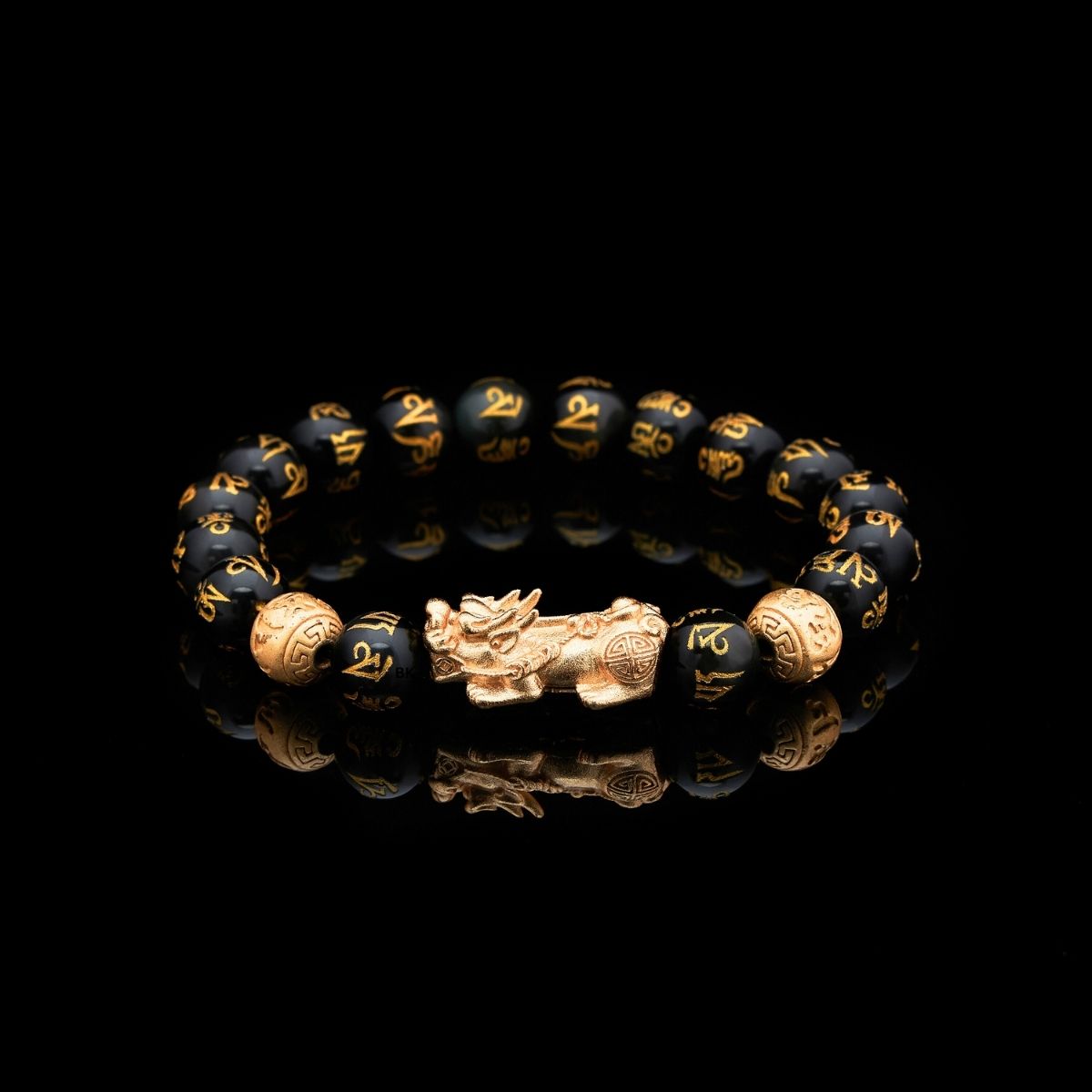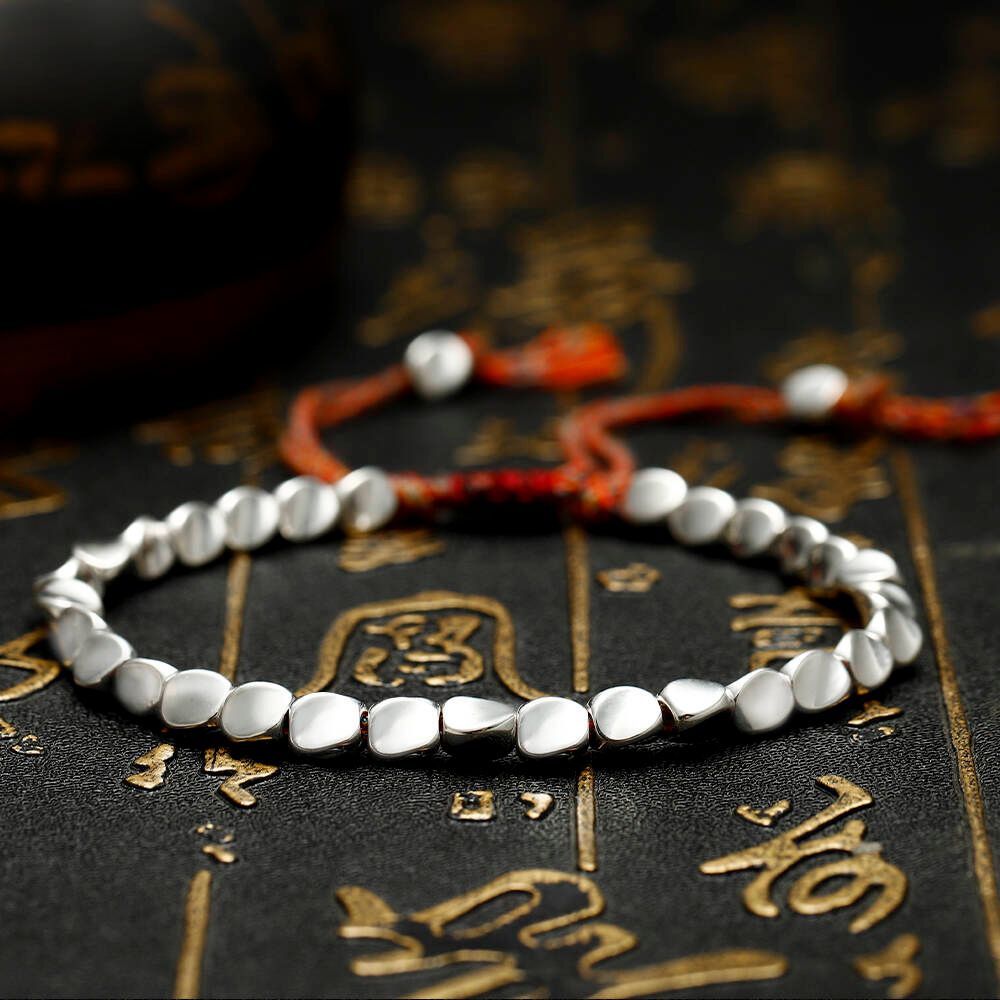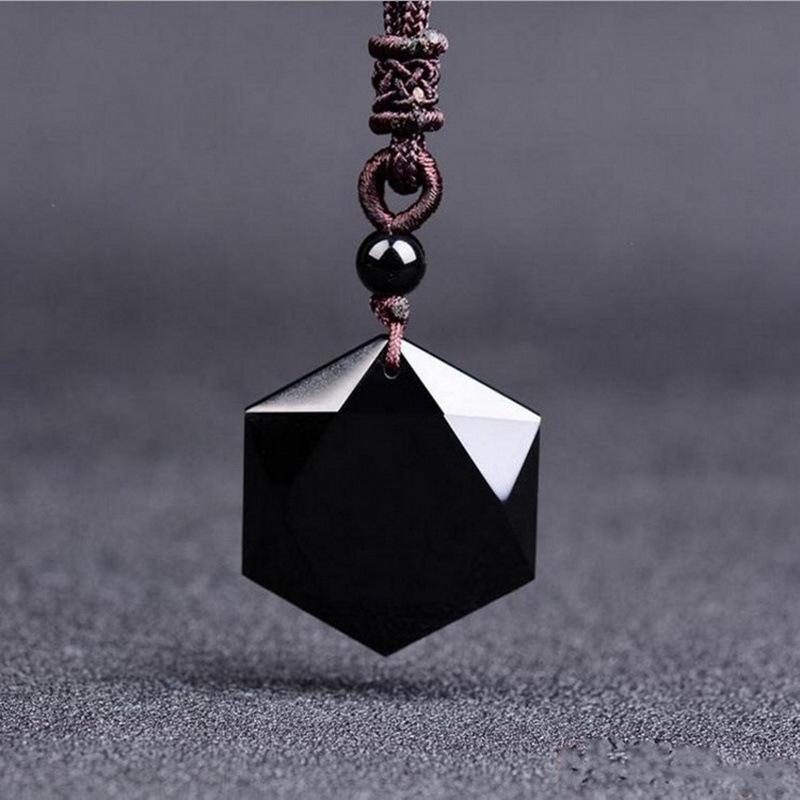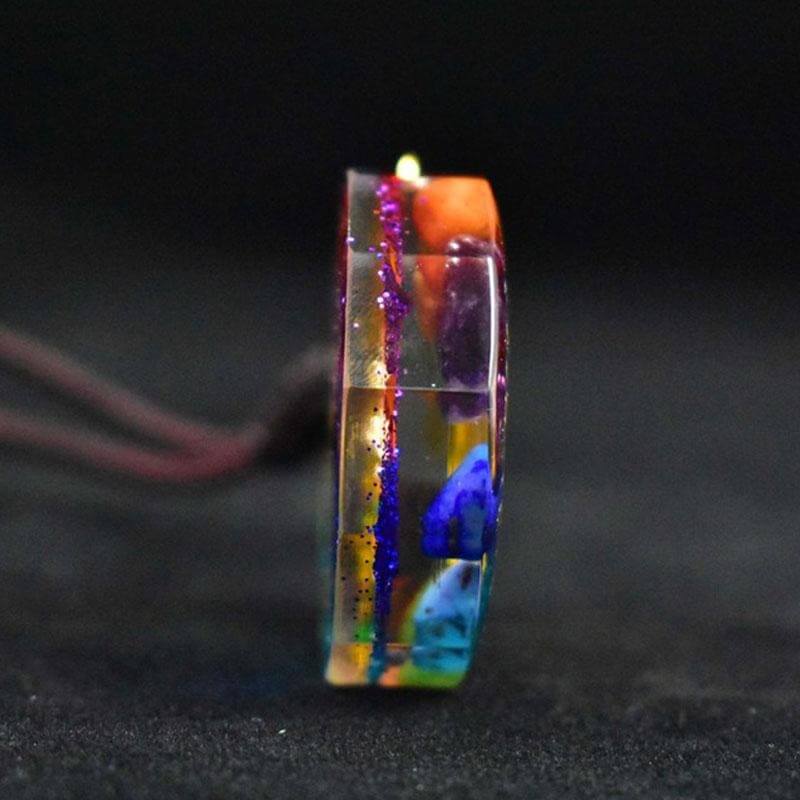Black tourmaline is one of the most popular protective stones in the world of crystals. With its grounding energy and reputation for deflecting negativity, it's no wonder why it's a staple for crystal healers and energy practitioners alike. But as its popularity has grown, so has the market for imitations.
If you're wondering whether your black tourmaline is genuine or not, this guide will walk you through how to tell the difference — and how to spot a fake black tourmaline.
Why Authentic Black Tourmaline Matters
Genuine black tourmaline isn't just a pretty stone — it holds deep energetic properties. For those who use crystals for healing, protection, or spiritual alignment, authenticity makes all the difference.
Fake black tourmaline may look convincing, but it doesn't carry the same vibrational energy. And for collectors or those investing in high-quality pieces, knowing you're getting the real thing is crucial.
Learn more about the meaning and benefits of black tourmaline.
Top Ways to Identify Real Black Tourmaline
Inspect the Color and Luster
Real black tourmaline is typically deep black and opaque. While it may occasionally have dark brown or gray tones, it should never appear shiny like plastic or show colors like yellow, red, or green (unless you're dealing with another type of tourmaline).
-
Look for a natural sheen, not a glassy or overly polished look.
-
The surface may have a slightly striated or fibrous appearance.
Fake black tourmaline may look too glossy, too light, or show unnatural color variations.
Look for Natural Striations and Inclusions
Black tourmaline often displays natural grooves, ridges, or striations that run parallel along the crystal. These are a strong indicator of authenticity.
-
Genuine stones often have visible lines or patterns.
-
Tiny cracks, inclusions, or imperfections are normal in real stones.
In contrast, fake black tourmaline is usually smooth or overly uniform in appearance.
Test the Hardness (Scratch Test)
Black tourmaline ranks about 7 to 7.5 on the Mohs hardness scale. It should be able to scratch glass, and it shouldn't scratch easily when you run something like a steel knife across it.
-
Use caution with this test to avoid damaging your crystal.
Fake black tourmaline made of plastic or glass won't pass this test.
Evaluate Weight and Density
Fake crystals made of plastic or resin are usually much lighter than genuine tourmaline.
-
Real black tourmaline has a noticeable weight and feels dense for its size.
A lightweight stone could very well be fake black tourmaline.
Check for Magnetic Properties
Due to its iron content, real black tourmaline can be slightly magnetic. This isn’t strong magnetism, but a faint pull may be noticeable if you hold it near a magnet.
-
If there's zero magnetic response, it could be a fake.
Fake black tourmaline usually lacks any magnetic quality.
Examine Under Light
Hold the stone under bright light. Authentic black tourmaline should remain opaque, though you may see some light reflections or very dark internal shadows.
-
Real tourmaline won’t become translucent or glow brightly.
Fake black tourmaline, especially resin-based fakes, may appear too clear or plasticky when held to light.
Optional Home Tests
These aren’t foolproof but can help:
-
Ice test: Place the stone in your hand alongside an ice cube. Real stones stay cooler longer.
-
Camera flash/UV light: Some real tourmaline may show a faint blue or violet glow under camera flash or UV.
Tips When Buying Black Tourmaline
Here are a few precautions to take:
-
Buy from trusted sellers or reputable crystal shops.
-
Look for certification or authenticity guarantees.
-
Be cautious with deals that seem too good to be true — often a sign of fake black tourmaline.
-
Read up on the best crystals for protection and grounding to know what to expect.
How to Care for Your Real Black Tourmaline
Alt-text: How to Care for Your Real Black Tourmaline
Once you confirm your stone is real, treat it well to maintain its energy:
-
Cleanse regularly using sound, moonlight, or selenite.
-
Avoid harsh chemicals and water.
-
Store it separately to prevent scratches.
Learn more: How to Cleanse and Charge Your Crystals.
Final Thoughts
Spotting real black tourmaline requires attention to detail, but it becomes easier once you know what to look for. From striations to weight to magnetic response, each factor tells a story about your stone's authenticity.
When in doubt, always trust your intuition and buy from a source you trust. And if you're looking for genuine pieces, check out these:
Looking to explore more? Read our Beginner’s Guide to Healing Crystals or The 7 Chakras and Their Crystals to deepen your journey.














Leave a comment